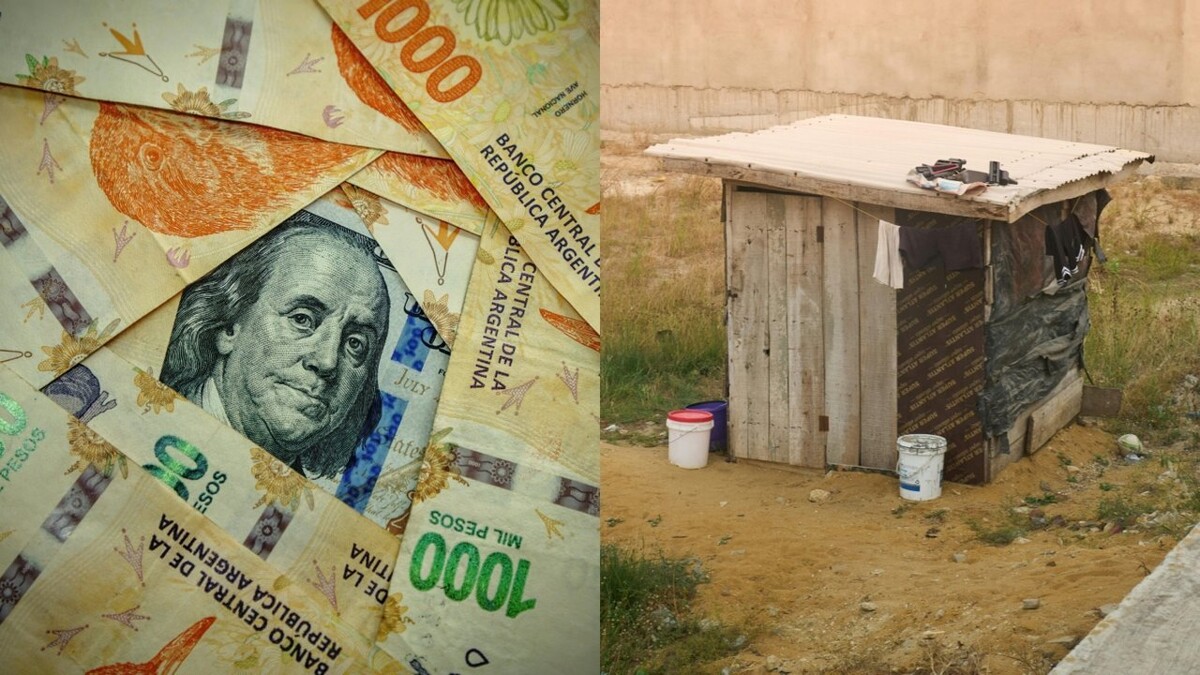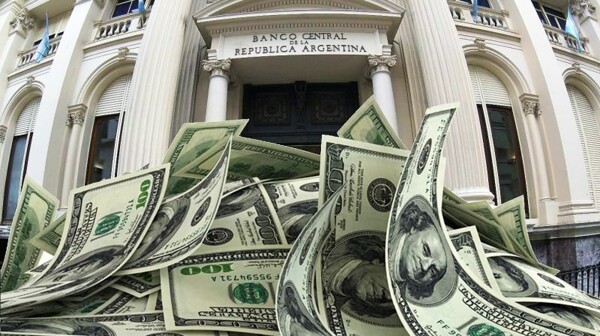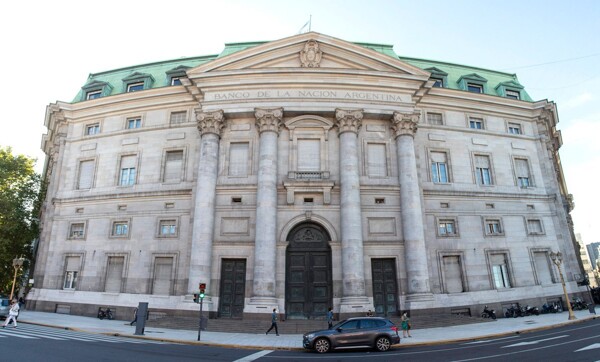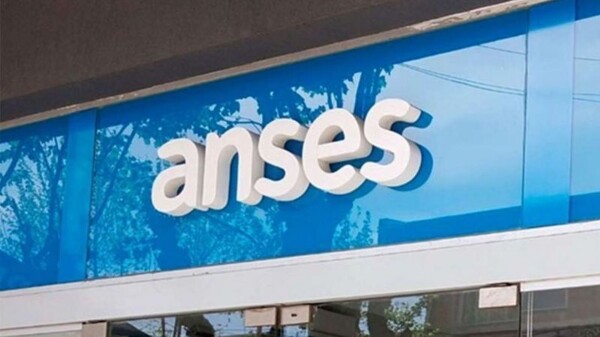
In January, according to the report published by INDEC, a family needed $1,033,716 to surpass the poverty threshold, and $453,384 to avoid falling into extreme poverty. During the same month, the monthly variation of the basic food basket (CBA), used to calculate extreme poverty, and the total basic basket (CBT), associated with poverty, was 0.9%, below the 2.2% inflation rate.
In one year, the CBT increased by 73.2%, below the increase in the cost of living. The cost of the basic food basket also increased, but to a lesser extent, by 58.8%. In contrast, in December of the previous year, a family needed $1,024,435 to not be considered poor, while in November of the same year, the amounts were $1,001,466 to avoid poverty and $434,620 to be above the extreme poverty threshold.
To determine these values, factors such as family size must be taken into account. According to INDEC, an equivalent adult needed $334,536 to surpass poverty and $146,726 to avoid extreme poverty. On the other hand, a household of three members required $822,958 to cover the CBT and $360,947 for the CBA.
The food basket reflects the essential goods necessary to cover the nutritional needs of a moderately active adult aged between 30 and 60 years for one month. To determine the CBT, non-food goods and services are added, according to the National Household Expenditure Survey.
The Engel coefficient, which relates food expenditure to total expenditure of a population, is used in the estimates. The Total Basket includes various categories such as food, clothing, health, transportation, and education, thus defining the poverty line. In the recently revealed report, families of four members (two adults and two minors) were considered. For example, a family of five members needed $1,087,241 to surpass poverty, and $476,860 to not be in extreme poverty.














